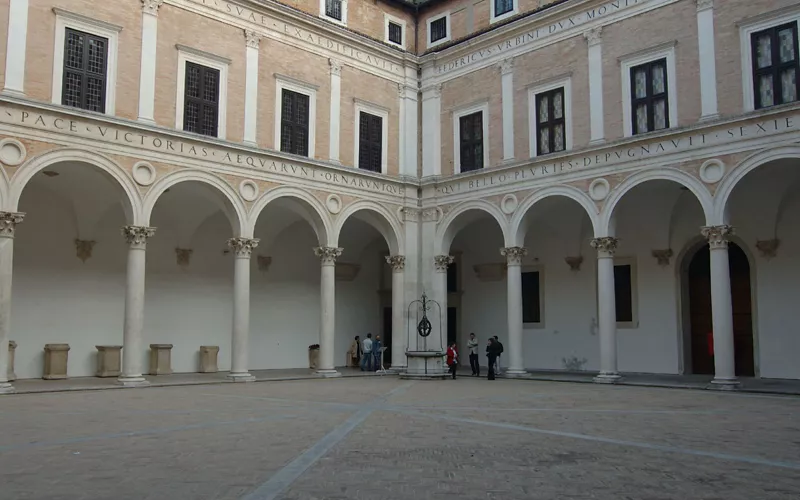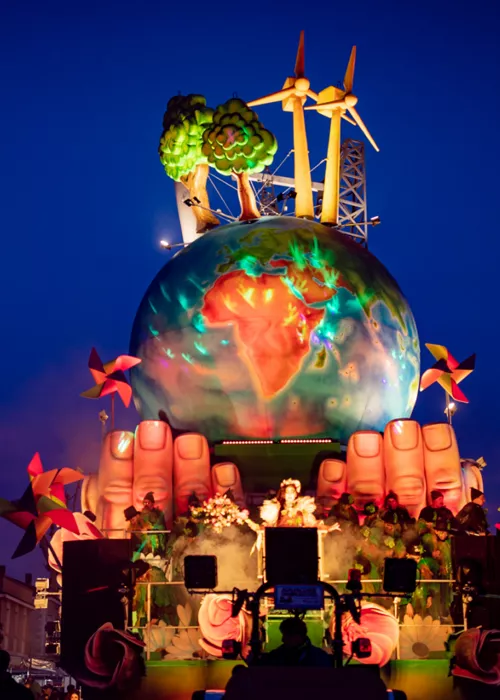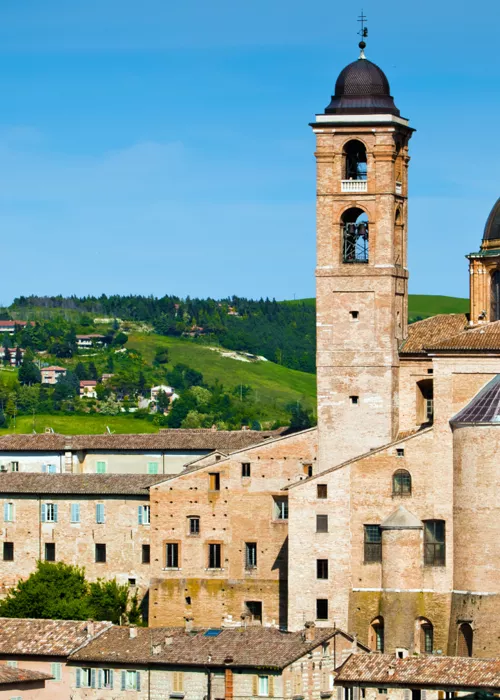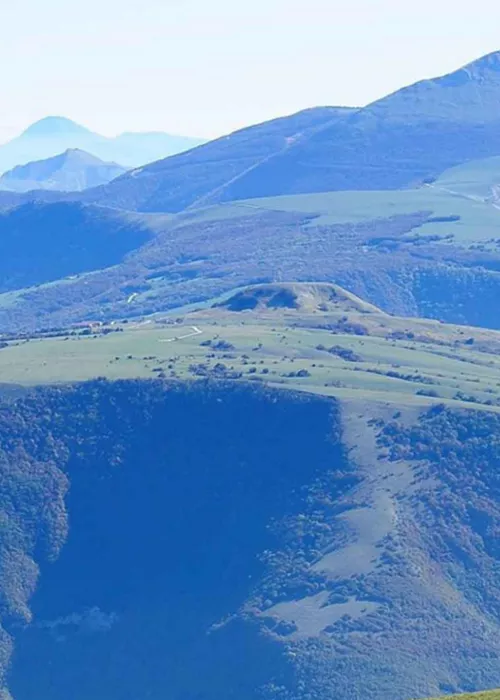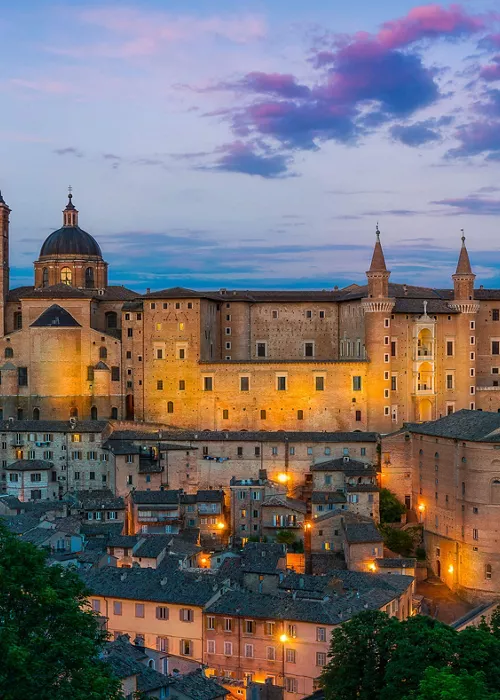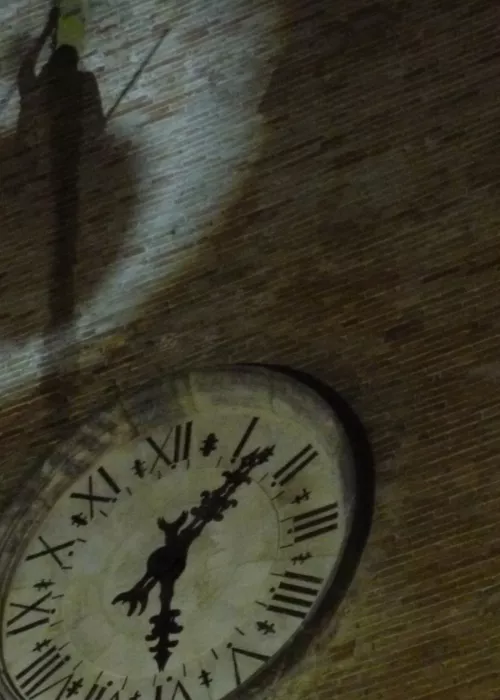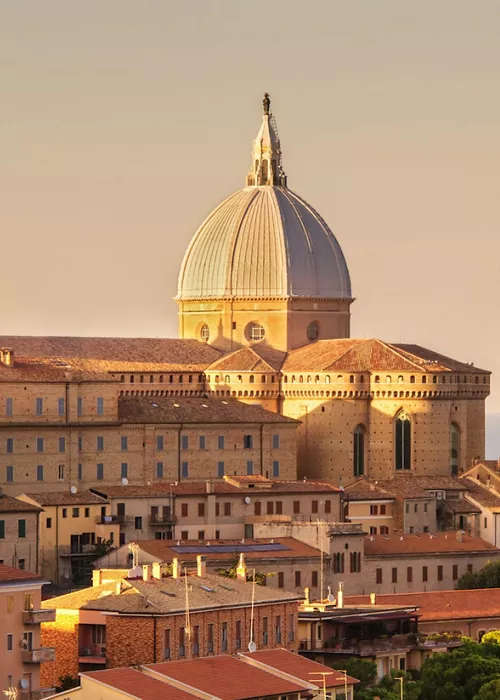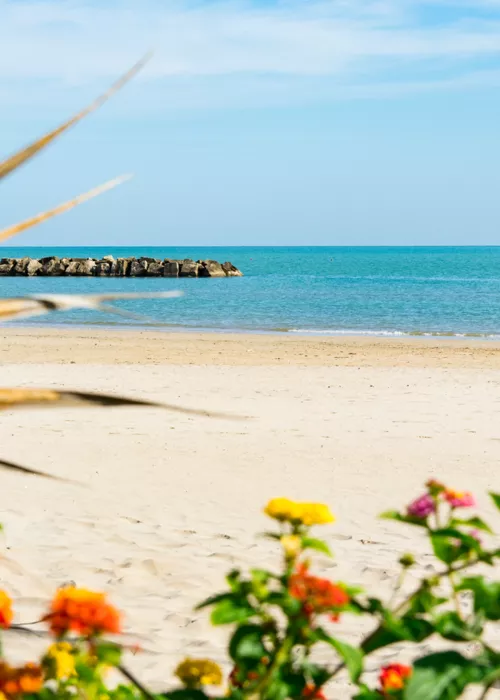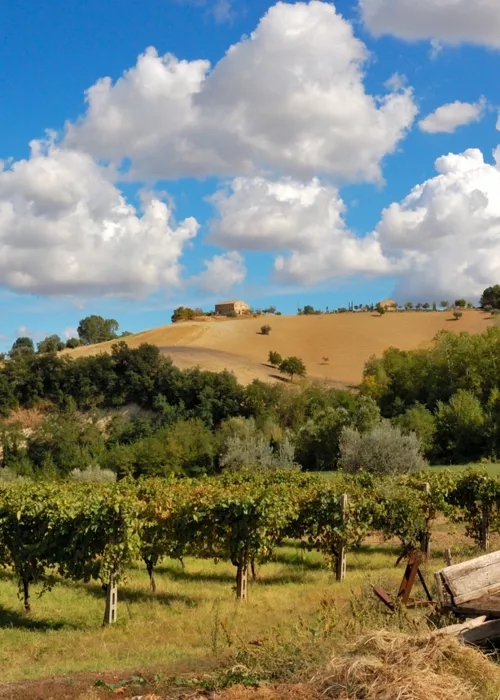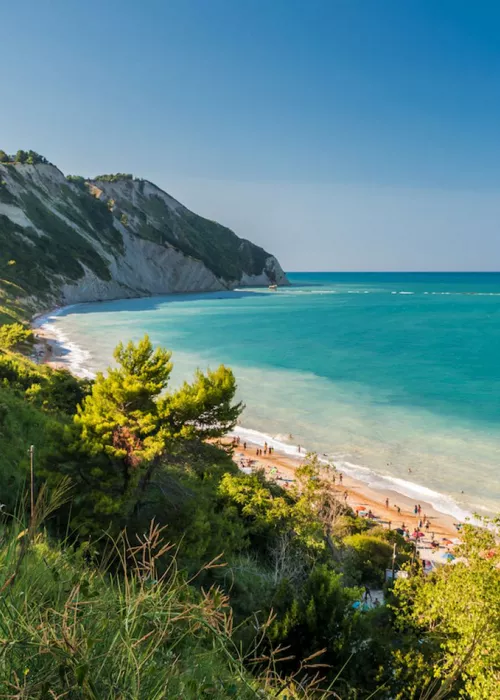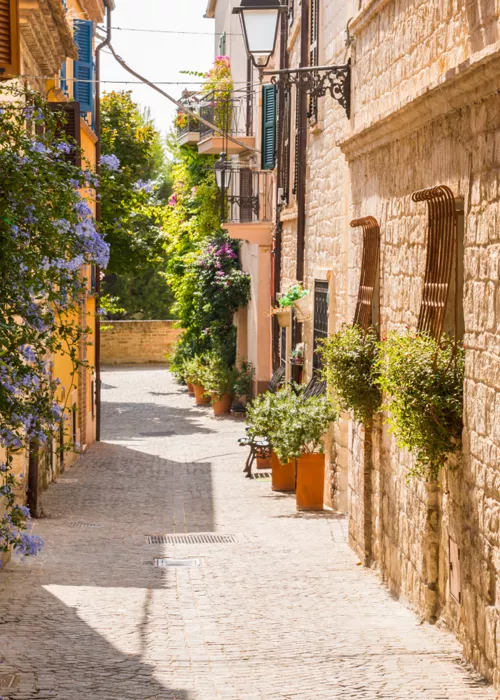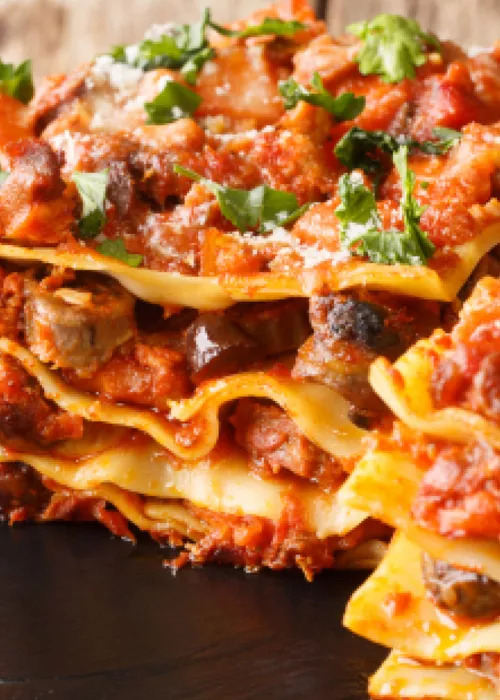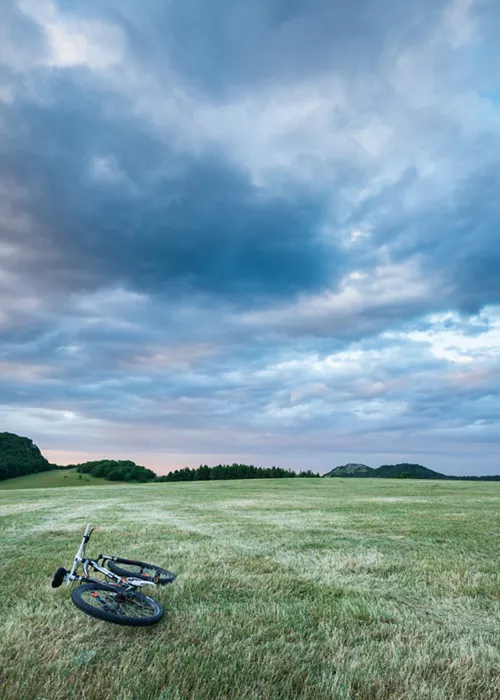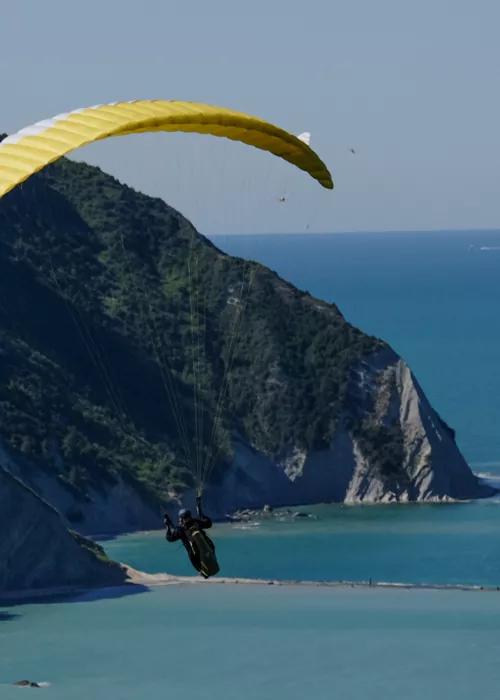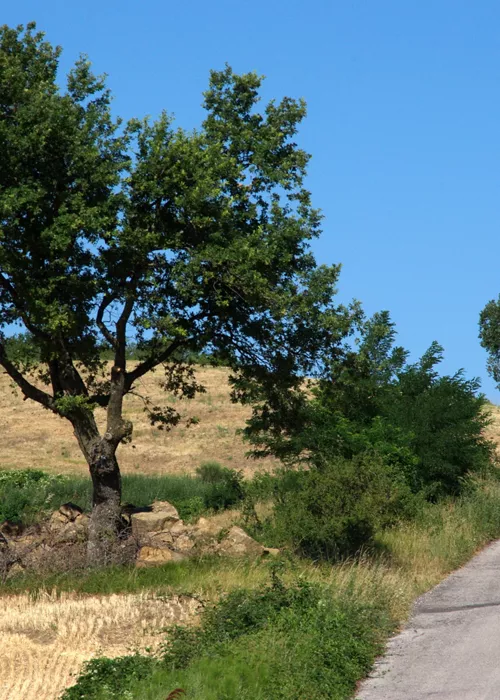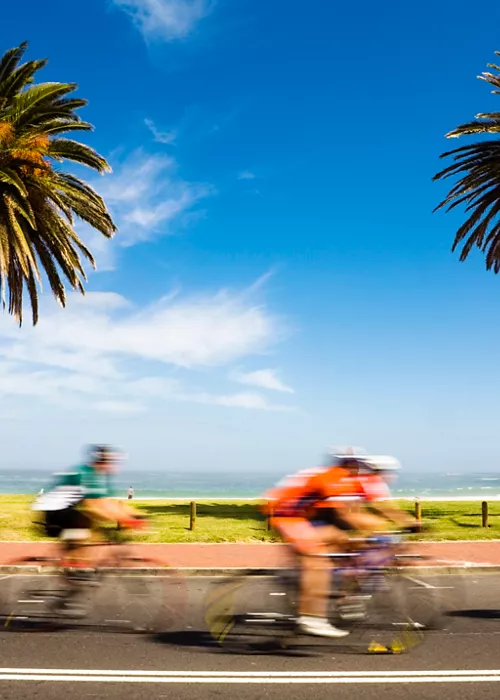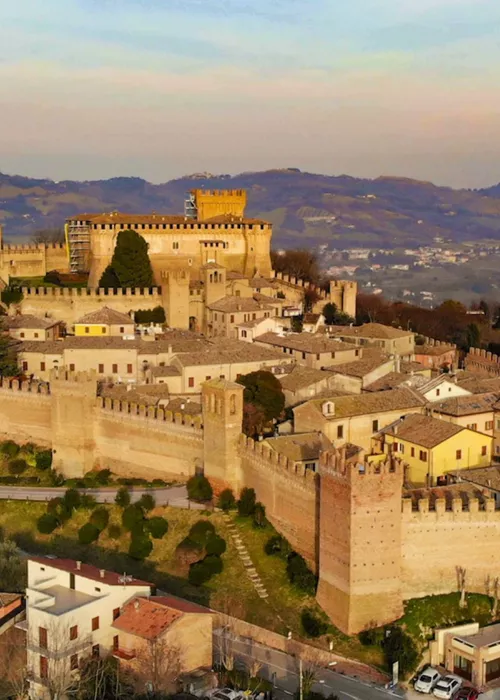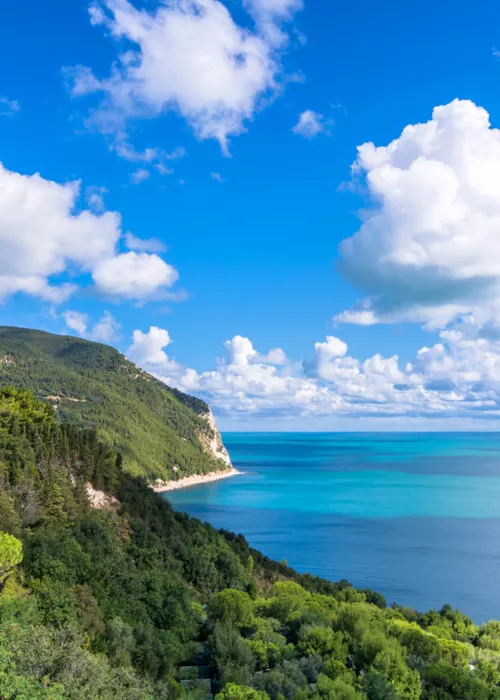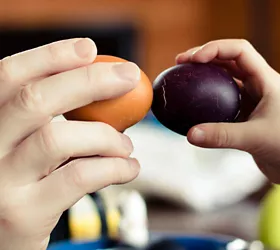The National Gallery of Marche is housed in the Ducal Palace, an extraordinary princely residence from the 15th century, commissioned by Duke Federico da Montefeltro (1422–1482), who was lord of the city of Urbino from 1444 to 1482. A “palace in the form of a city”, as Baldassarre Castiglione called it, reflecting the warrior but also the enlightened and cultured personality of its Lord. It was the work of architects Luciano Laurana (1420–1479), who designed the superb courtyard and the façade enclosed between the two soaring towers, and Francesco di Giorgio Martini (1439–1502), who designed the main façade, the so-called “two-wing façade”. In 1861, an initial group of works, originating from the buildings of suppressed religious corporations, formed the main nucleus of the Gallery, which was later established in 1912 and is considered one of the most valuable art collections in Italy. Inside the Palazzo, the itinerary not only takes the visitor to highly evocative environments, including the “Studiolo del Duca”, the “Cappellina del Perdono” and the “Tempietto delle Muse”, brings him closer to the numerous testimonies of Urbino's figurative civilisation, and to absolute masterpieces such as The Flagellation and the Madonna of Senigallia by Piero della Francesca (1415/20–1492), the Pentecost and the Crucifixion by Luca Signorelli (1441/50–1523), Raphael's The Mute (1483–1520); Titian's Last Supper and Resurrection (1487/88–1576). The collections of drawings and engravings are important, as is the collection of ceramics and majolica from the 15th and 16th centuries and the mysterious painting of the Ideal City (c. 1480), which, together with the two “Perspectives” preserved one in the Walters Art Gallery in Baltimore and the other in the Schloss Museum in Berlin, formed the starting point for some of the major problems of perspective, town planning, architecture and space that, in the transition from the First to the Second Renaissance, founded modern civilisation. Also very interesting are the palace's basements with the ice-house, saddlery, laundry, kitchen, stable and the Duke's bathroom.



